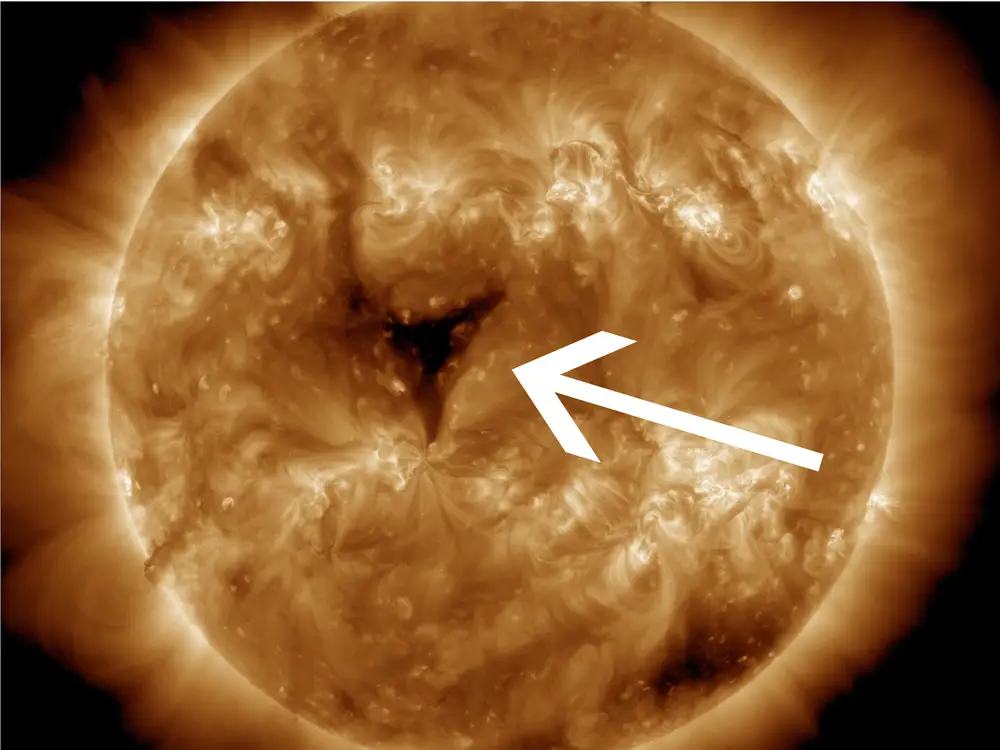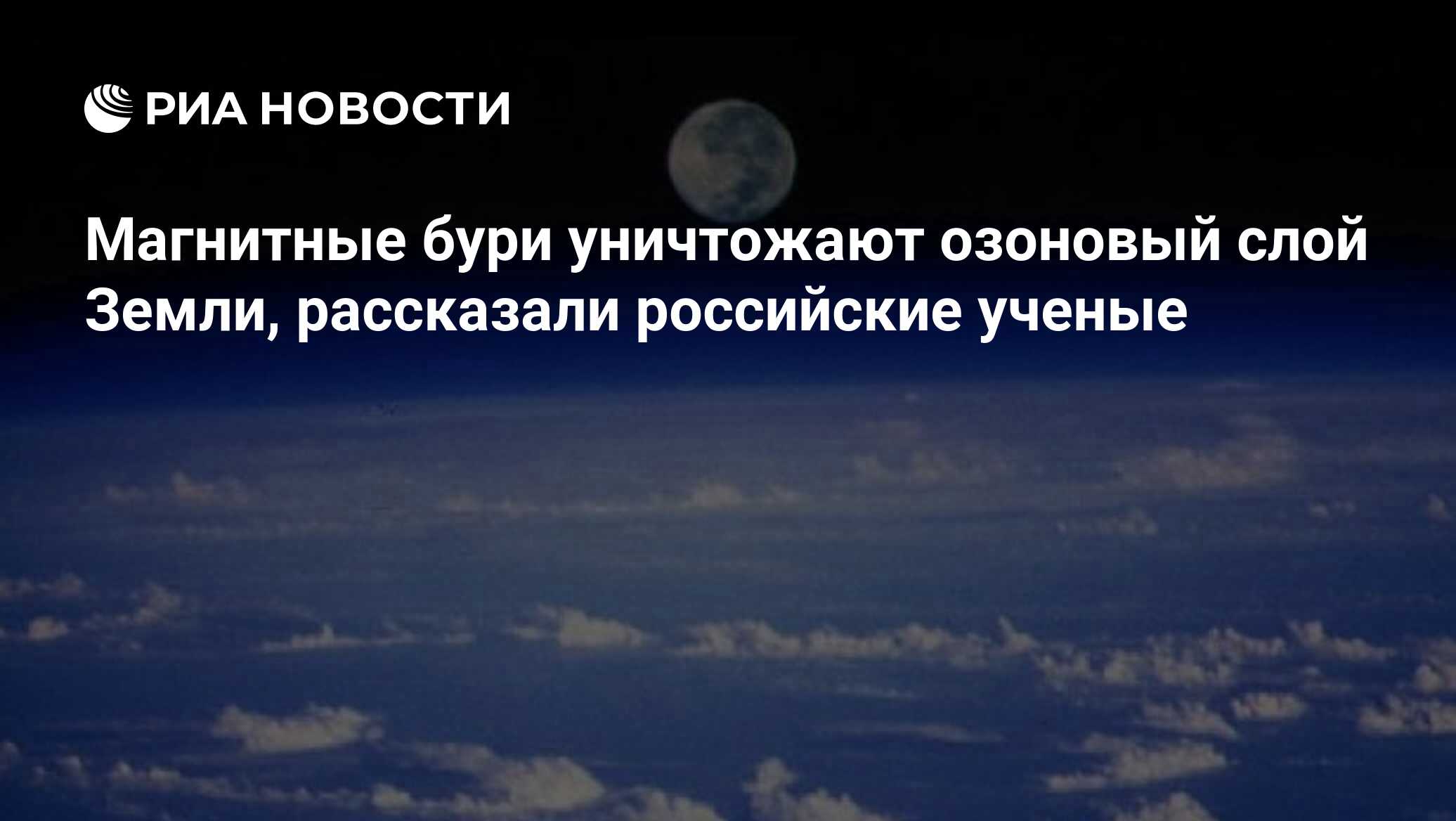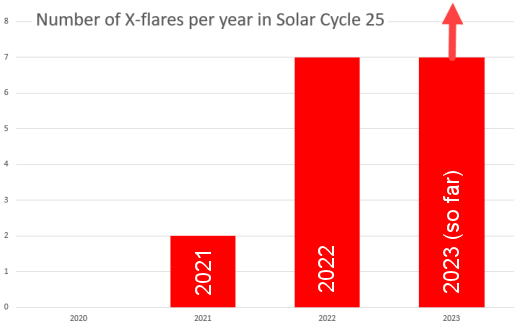SOLAR CYCLE ACTIVITY REPORT MARCH 27_2023
ALL QUIET. Solar activity has been at low levels for the past 24 hours. The largest solar event of the period was a C3 event observed at 17:08 UTC on March 26 from Region 3256 (S23W45).
There are currently 8 numbered sunspot regions on the solar disk: AR3256 AR3257, AR3258 AR3259, AR3260, AR3262 AR3264 and new region AR3265
The total number of sunspots has increased to 125 (45 of these are grouped into 8 active regions) NOAA forecasts for the next 24h: 90% chance for C flares, 10% chance for M flares and 1% chance for X flares.
● Auroral Activity
The geomagnetic field has been at quiet levels for the past 24 hours. Solar wind speed reached a peak of 700 km/s at 14:38 UTC on March 26 Maximum planetary index Kp 2
Aurora Oval (Bz: 0.49 nT North)

● Current Conditions at 05:10 UTC on March 27
▪︎ Geospace quiet
▪︎Geomagnetic conditions now : Kp 1
▪︎Solar wind speed record: 620 km/sec (Moderately high speed)
▪︎ density: 5.71 p/cm3 (low density)
▪︎Neutron Counts today: -3.7% Below Average
▪︎X-ray Solar Flare: C1 at 00:03 UTC
▪︎Sunspot number: 105 (SN 108 March 25)
SpaceWeather.com
SpaceWeatherlive..com
ALL QUIET. Solar activity has been at low levels for the past 24 hours. The largest solar event of the period was a C3 event observed at 17:08 UTC on March 26 from Region 3256 (S23W45).
There are currently 8 numbered sunspot regions on the solar disk: AR3256 AR3257, AR3258 AR3259, AR3260, AR3262 AR3264 and new region AR3265
The total number of sunspots has increased to 125 (45 of these are grouped into 8 active regions) NOAA forecasts for the next 24h: 90% chance for C flares, 10% chance for M flares and 1% chance for X flares.
● Auroral Activity
The geomagnetic field has been at quiet levels for the past 24 hours. Solar wind speed reached a peak of 700 km/s at 14:38 UTC on March 26 Maximum planetary index Kp 2
Aurora Oval (Bz: 0.49 nT North)
● Current Conditions at 05:10 UTC on March 27
▪︎ Geospace quiet
▪︎Geomagnetic conditions now : Kp 1
▪︎Solar wind speed record: 620 km/sec (Moderately high speed)
▪︎ density: 5.71 p/cm3 (low density)
▪︎Neutron Counts today: -3.7% Below Average
▪︎X-ray Solar Flare: C1 at 00:03 UTC
▪︎Sunspot number: 105 (SN 108 March 25)
SpaceWeather.com
SpaceWeatherlive..com



